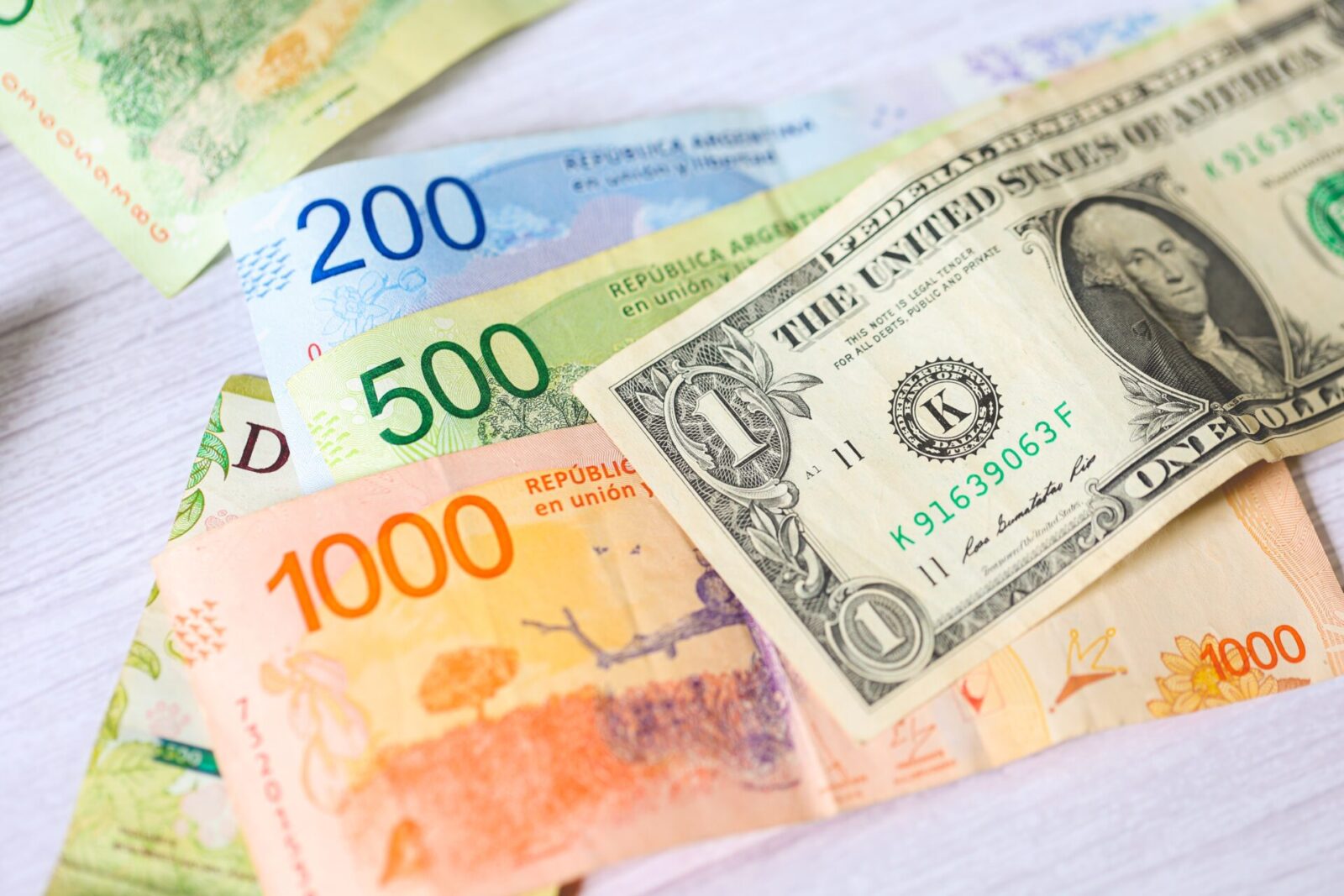
Milei wants to tie the peso to the US dollar
The election of libertarian right-winger Javier Milei to Argentina’s highest office has prompted a stock take. His campaign heralded the “reconstruction of Argentina”, which would begin with tying the devalued Argentine peso to the US dollar. Milei ran an anti-establishment campaign modelled in many ways on those of Donald Trump.
So how did the Argentine people come to see him as the best option? After years of relative wealth and stability, how did we get here, and what does this mean for the peso moving forward?
What could have been
150 years ago, immigrants faced a life-altering decision: the United States or Argentina. It might be hard to believe now, but at the time, the all-conquering success of the American economy was by no means a given. Other New World countries like Argentina also promised immigrants a lucrative new life.
The similarities don’t end there. Both countries owe their existence to the taming of tensions between regions and centralised government. Both enjoy geographical and mineral advantages, and both romanticise the gaucho and the cowboy, national figureheads who pushed migration ever further westwards.
The fortunes of the two nations diverged after the great depression. FDR pivoted the US towards Keynesian economics, foreseeing a more active state role in enterprise and society. Argentina got Peronism and decades of democratic suppression. Perón rejected the IMF and walled off his nation from foreign investment.
After decades of mismanagement, Argentina stumbled towards today. Inflation is running at an eye-watering 143%, over two-fifths of the population live in poverty and one peso buys around 0.003 US dollars at today’s rates.
Cuts, cuts, cuts
Milei’s election can be seen as a reaction to the sorry state of the Argentine economy. His campaign promised economic shock therapy that would see him take a “chainsaw” to public spending.
One video widely circulated on social media sees Milei ripping names of governmental departments from a whiteboard, while shouting “afuera” – out – with unvarnished glee.
But Milei’s main gambit is in fiscal policy, namely aligning the peso with the greenback. A version of this has been tried before in Argentina but ended with a recession and protestors in the streets.
The big problem this time around is currency reserves. At last count, the Argentine Central Bank’s net currency reserves were at -$10bn. Along with other practical issues, experts are unsure where Argentina would even find the dollars to pull it off.
Bumps ahead
As with all populists, Milei simplified complex problems and made their solutions appear obvious. Yet Argentina’s economy has major issues and these are unlikely to be fixed quickly.
Currency markets didn’t know what to make of Milei’s election. While Argentina’s equities bounced, the peso potted along largely unchanged. We may soon need to discount its currency altogether, but the road ahead is sure to be uneven.
Sweeping changes to the economic landscape will inevitably result in volatility. Smart Currency’s goal is to protect your money from market fluctuations through a range of solutions, from market options to forward contracts. Be sure to check out our SmartHedge feature as well, which allows your firm to visualise and adjust its currency exposures in real time.
To make sure your upcoming transactions are protected against the risks of sudden market movements, call your Business Trader on 020 7898 0500 to discuss a forward contract; alternatively, if you’re new, please register with Smart Currency Business today.

 020 7898 0500
020 7898 0500